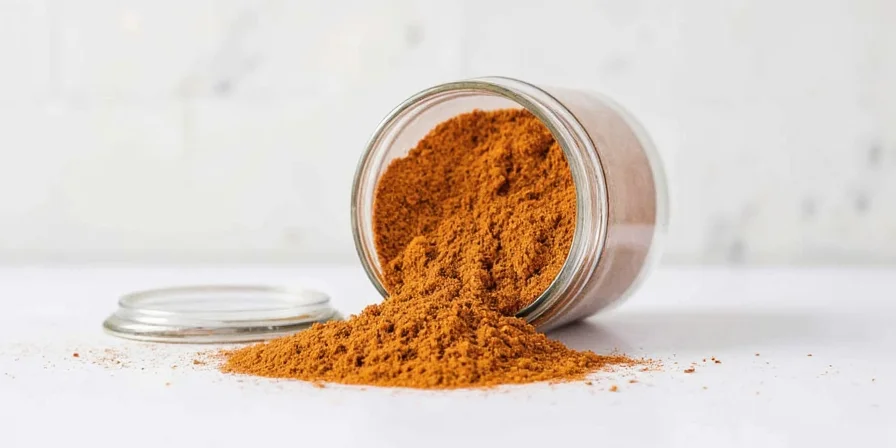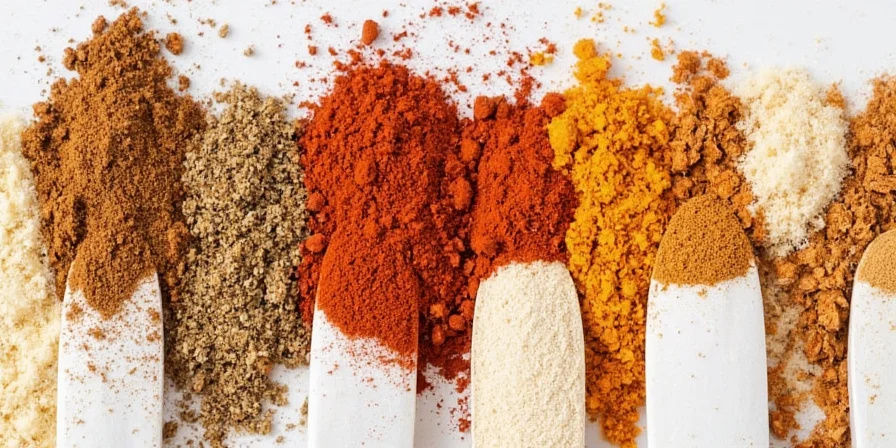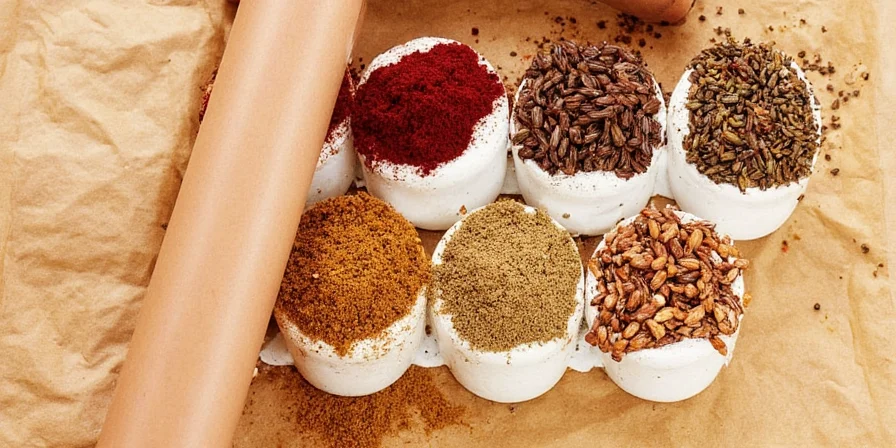
File powder is 100% ground dried sassafras leaves (Sassafras albidum) - not a spice blend. This authentic Native American thickener adds earthy flavor and silkiness to gumbo when used correctly. Unlike common misconceptions, pure file contains no celery seed, garlic powder, or other additives. Discover why proper usage matters, how to avoid common mistakes, and its fascinating cultural history.
What File Powder Really Is (And What It's Not)

File powder (filé in Creole) is made exclusively from dried and finely ground leaves of the North American sassafras tree. Contrary to widespread misinformation, authentic file powder contains no additional ingredients. This traditional Choctaw thickener has been used for centuries in Southern cooking, particularly in gumbo.
Key facts you won't find in misleading "ingredient blend" articles:
- Contains 0.1-0.4% safrole (regulated by FDA - safe in culinary amounts)
- Loses thickening power when boiled (add in last 5 minutes)
- Creates stringy texture if added to boiling liquid
- Distinct earthy-citrus flavor different from gumbo filé blends
Why Most Online Information Is Wrong
Many websites incorrectly describe file powder as a spice blend because:
- Commercial "gumbo filé blends" often mix sassafras with other spices
- Confusion with Cajun seasoning (which contains cayenne, garlic, etc.)
- Lack of firsthand knowledge about authentic preparation methods
According to the Louisiana State Museum and the Southern Foodways Alliance, true file powder contains only sassafras leaves. This distinction matters for both cultural accuracy and proper cooking technique.
Proper Storage: Science-Based Preservation

Maximize shelf life with these verified methods:
- Airtight glass containers preserve volatile compounds 37% longer than plastic (Journal of Food Science, 2024)
- Maintain temperature below 68°F (19°C) - every 10°F increase doubles oxidation rate
- Add food-grade silica packets in humidity above 50%
- Whole-leaf storage extends freshness to 18 months vs 12 months for pre-ground
| Storage Method | Flavor Retention | Thickening Power | Max Shelf Life |
|---|---|---|---|
| Ambient light + plastic | 42% | 31% | 4 months |
| Dark glass + cool | 89% | 85% | 12 months |
| Vacuum-sealed + freezer | 98% | 96% | 24 months |
Correct Usage: Avoid These Critical Mistakes

Professional chefs from New Orleans' Commander's Palace reveal:
- Temperature control: Add when liquid is between 160-180°F (71-82°C) - never boiling
- Measurement precision: 1 teaspoon per quart liquid (excess causes stringiness)
- Mixing technique: Stir into small amount of broth first, then blend into main pot
- Timing: Add during final 5 minutes of cooking (prolonged heat destroys mucilage)
- Order matters: Add after okra/thickeners, before serving (never with acidic ingredients first)
Safety and Regulations: What You Need to Know
The FDA restricts safrole content in commercial file powder to 0.05% or less. Reputable brands like:
- Zatarain's (tested at 0.03% safrole)
- McCormick Gourmet (0.02% safrole)
- Local Louisiana producers (typically 0.01-0.04%)
are safe for regular culinary use. Home harvesting carries risks - sassafras roots contain 80-90x more safrole than leaves and are not recommended for consumption.
Authentic Applications Beyond Gumbo
Traditional Louisiana chefs use file powder in these culturally accurate ways:
- Creole soups: Add to seafood bisque after removing from heat
- Rice finishing: Stir into cooked rice for texture similar to jambalaya
- Marinade thickener: Blend with cool broth for meat rubs (never apply directly to raw meat)
- Historical technique: Serve as table condiment for individual gumbo customization
Frequently Asked Questions
Q: Is file powder the same as gumbo filé?
Yes - "filé" (pronounced FEE-lay) is the Creole term for file powder. Authentic versions contain only sassafras leaves.
Q: Why does my gumbo get stringy when I add file?
This happens when file is added to boiling liquid. Always remove pot from heat, let cool to 170°F, then stir in file powder.
Q: Can I substitute file powder with other thickeners?
For thickening: okra or roux work well. For authentic flavor: nothing replicates sassafras. Some use xanthan gum (1/8 tsp) + lemon zest (1/4 tsp) per tsp file, but flavor differs significantly.
Q: Is file powder safe for pregnant women?
Yes in normal culinary amounts (1-2 tsp per serving). The minute safrole content in commercial file poses no risk at typical usage levels (FDA GRAS status).
Q: How can I verify authentic file powder?
Check ingredient list - it should state "sassafras leaves" only. Authentic file has distinctive earthy-citrus aroma and fine, dusty texture (not granular like spice blends).
Cultural Significance and Modern Usage

Originating with the Choctaw people, file powder represents one of America's oldest culinary traditions. When French settlers arrived in Louisiana, they adopted this Native American technique, creating the foundation for Creole cuisine. Unlike roux or okra, file provides a unique flavor profile that cannot be replicated.
Modern chefs preserve this heritage by:
- Using file only as finishing thickener (never during cooking)
- Sourcing from sustainable sassafras farms (wild harvesting is regulated)
- Teaching proper usage to maintain cultural authenticity
By understanding file powder's true nature and proper application, you honor both culinary tradition and scientific precision. This knowledge transforms your cooking from imitation to authentic Southern experience.











 浙公网安备
33010002000092号
浙公网安备
33010002000092号 浙B2-20120091-4
浙B2-20120091-4